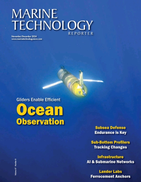Acoustic Technology Benefits Marine Mammal Research
Innovative acoustic technology designed by Fife-based company, SA Instrumentation, has been used in successful sea trials to monitor marine life off the coast of North Carolina.
A team of scientists from East Carolina University (ECU) has been able to acoustically record Bottlenose Dolphins as well as a range of other sea mammals using SA Instrumentation’s Decimus product, which was integrated into the university’s wave glider.
They were also able to acoustically record tagged fish such as Atlantic sturgeon and sand tiger sharks, and will be soon searching for acoustically tagged tuna and flounder with another system integration called Vemco.
Located in Tayport, SA Instrumentation is a wholly-owned subsidiary of the University of St Andrews. Pioneers in real-time autonomous acoustic detection, they have designed and manufactured a portfolio of products with a growing range of applications.
The bespoke Decimus is used in support of environmental assessments, mitigation measures and scientific research. Applications include marine renewables, oil and gas, decommissioning, marine civil engineering and infrastructure projects by the Government, security and defence contractors, as well as the scientific community.
The wave glider, which was made by US-based company Liquid Robotics and nicknamed Blackbeard by the researchers, was funded by a $281,393 grant from the National Science Foundation. Operated over an internet connection via a satellite link, it was launched in August and navigated around the North Carolina coast by the team in a bid to study underwater noise and to monitor marine life in the area, giving them a better understanding of the ocean environment.
SA Instrumentation’s Operations Manager, Richard Baggaley, said robotic and autonomous surface vessels are transforming ocean observation, making data collection and monitoring easier, safer and more cost effective.
ECU’s Professor Joseph Luczkovich, a specialist in the sounds fish make, said the technology used in the project helped provide a significant step forward in ECU’s coastal research capabilities.
“We were able to retrieve quite a bit of data from the Decimus, and we discovered a lot of fish and ondontocete dolphin sounds (whistles and clicks) had been recorded and classified. The information we gathered also provides valuable data on the potential effects of oil and gas exploration and wind turbine development in coastal waters.”

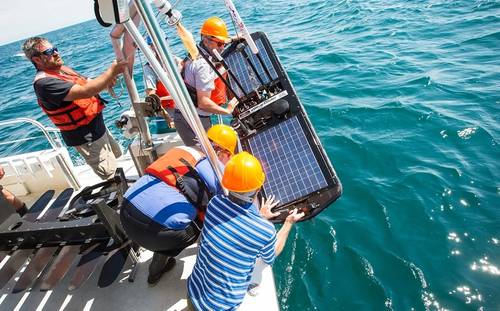
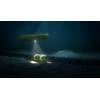
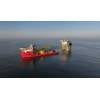

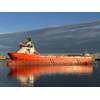

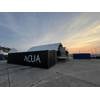






 December 2024
December 2024


